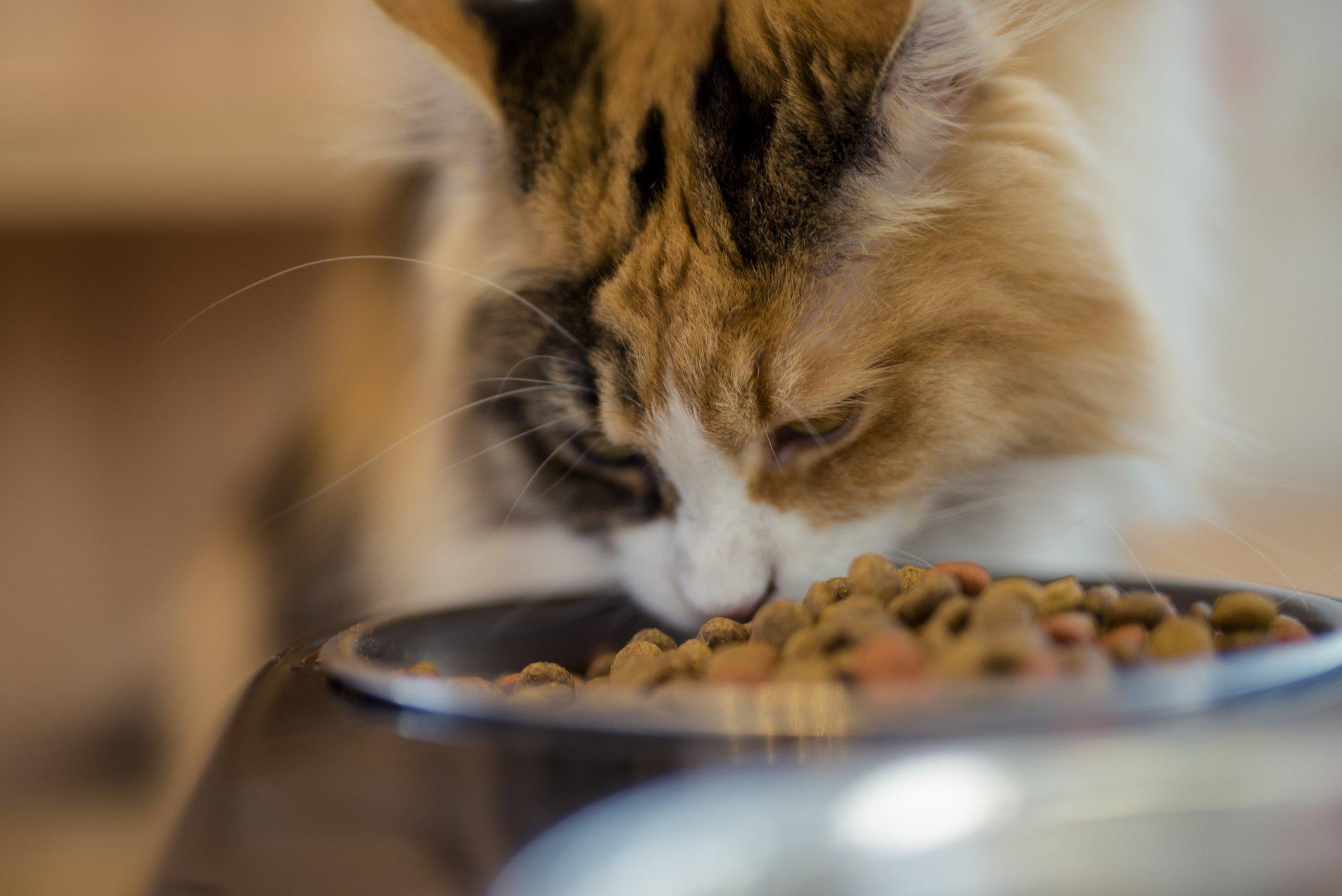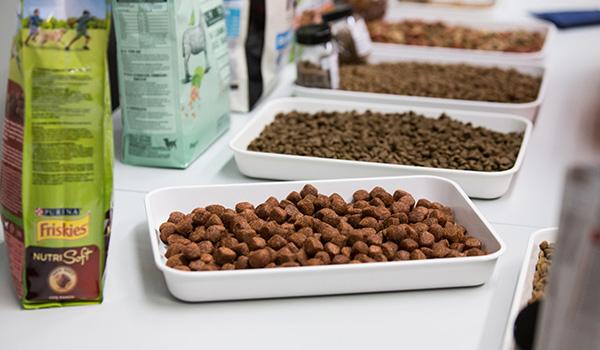The Independent's journalism is supported by our readers. When you purchase through links on our site, we may earn commission.
How some of nation's favourite dry pet food is really made
Far from being a sub-standard option, dry pet food ensures the perfect balance of nutrients for your pet

With many myths surrounding the production of pet food, it can be hard to know how to do right by your furry friend. But the experts at Purina have been studying pet health and nutrition for 125 years, making them perfectly placed to produce a variety of great quality food. In fact, Purina takes the safety and nutrition of its products so seriously that in an average day, 1400 quality control checks take place. With brands like Bakers, Go Cat, Purina One and Pro Plan and over 500 scientists, vets and nutritionists, Purina ensures the very best products end up in front of your pet.
From researching the perfect cooking temperature to designing the most effective packaging and creating the best kibble size and shape for your pet – the result has been a carefully crafted seven-step process.
The first stage in the manufacturing process is finding the right ingredients in the right proportions. This includes ingredients like animal protein, vegetables, cereals, vitamins and minerals. Purina employs nutritionists to ensure the dry food it produces is perfectly suited to your pet’s needs and will give them everything they need to stay healthy. Once these ingredients are ground down, water is then added to make a dough.

The mixture is heated with steam so that digest (made of high-quality hydrolysed proteins) can be added to make the final product as appealing as possible to pets. Digest is made of natural ingredients such as liver or chicken, which are fit for human consumption, but are surplus to the human food chain. Although some people wrongly think of digest as a sub-standard additive, the term simply means something treated with water and enzymes to break down animal proteins, much like the natural system of digestion in the body. When proteins are described as "hydrolised", this means they have been treated with water, heat and pressure.
The next stage involves the dough being cooked, and Purina’s experts have researched the perfect temperature and cooking time to ensure a finely managed process that creates an end product that is completely safe. The dough is also pressurised and passed through a machine to create the shape of each individual kibble, before heading to an oven to dry out.
Once dry, the kibbles are given a natural covering such as fat, which helps to make them more appealing to pets. Once they’ve cooled, they’re ready to be put into specially designed packaging that ensures the quality, freshness and safety of the product throughout its entire shelf life.
To find out more about how Purina dry pet food is made or about ingredients, science and sustainability, see purina.co.uk

Bookmark popover
Removed from bookmarks